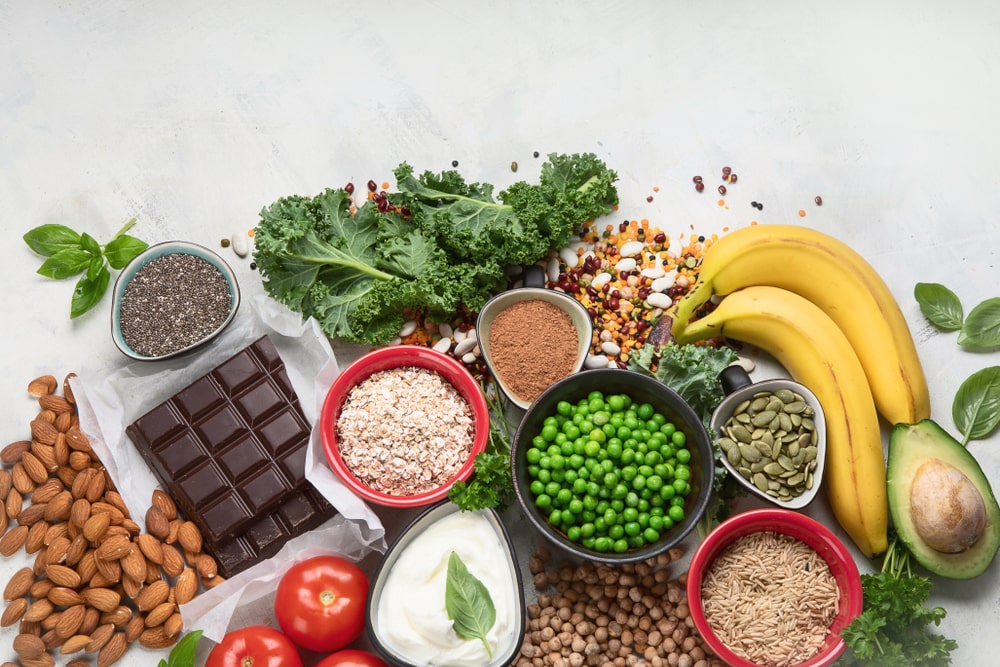What Is Migraine?

A neurological condition called migraine is typified by frequent, excruciating headaches that are frequently accompanied by other symptoms like light and sound sensitivity, nausea, and vomiting.
It has a major negative influence on millions of people’s quality of life globally. Despite being a common condition, migraine remains widely misunderstood, and its exact causes are not fully elucidated.
A migraine usually feels like a very bad headache with a throbbing pain on 1 side. It’s common and there are things you can try to help.
In this blog, we will discuss migraine symptoms and the best foods for migraine.
Migraine Symptoms:
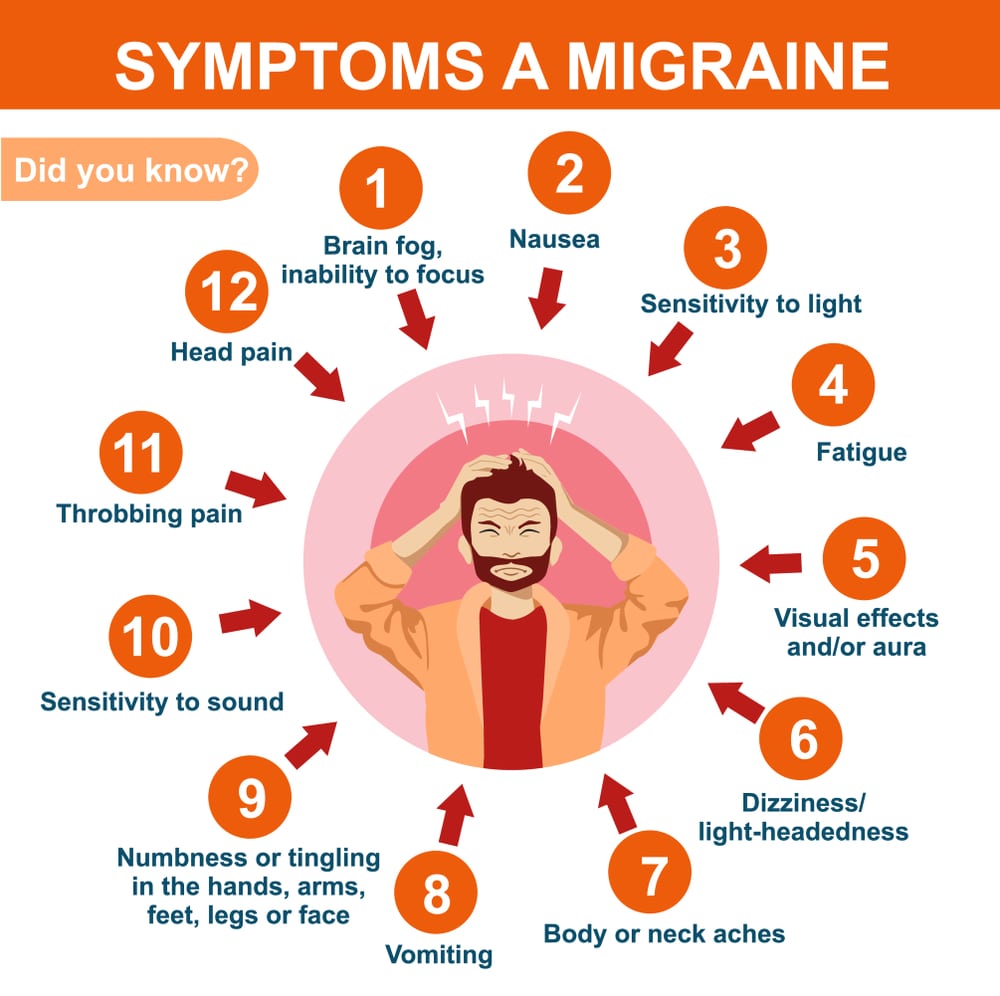
Migraine symptoms can vary from person to person, and an individual may experience different symptoms during different migraine episodes. The key features of a migraine attack include:
- Headache
- Any subjective sensation
- Nausea and Vomiting
- Sensitivity to Light(Photophobia)
- Sensitivity to Sound(Phonophobia)
- Sensitivity to Smells
- Blurred Vision
- Fatigue
- Dizziness or Vertigo
- Difficulty Concentrating
- Neck Stiffness
It is important to note that not everyone with migraines will experience all of these symptoms; the severity and duration of symptoms can vary. It can also vary according to the diet or food we eat. We will focus on the best foods for migraine in the later part of this blog.
Migraine Medications:
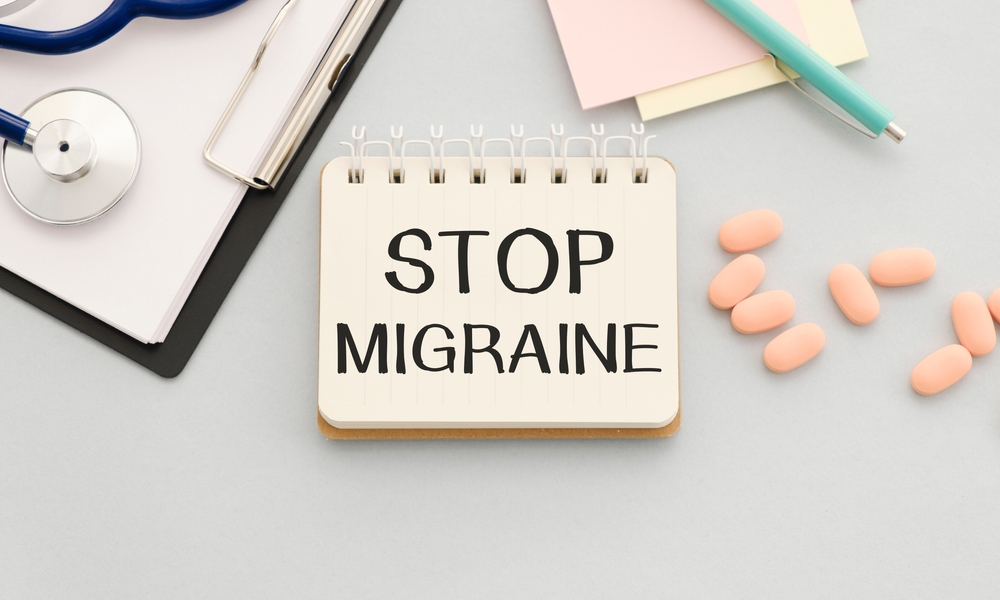
Migraine medications are broadly categorized into two main types: those used for acute treatment(relieving symptoms during an attack) and those used for preventive treatment(reducing the frequency and severity of migraine episodes).
Here is an overview of common medications used for migraines:
Acute Treatment:
- Pain Relievers: Nonsteroidal Anti-Inflammatory Drugs(NSAIDs) such as Ibuprofen, Naproxen Sodium, and Aspirin are commonly used for mild to moderate migraines.
- Triptans: Sumatriptan, Rizatriptan, and Eletriptan are examples of triptans, a class of medications specifically designed to alleviate migraine symptoms. They work by narrowing blood vessels and inhibiting pain pathways in the brain.
- Ergotamines: Ergotamine and Dihydroergotamine are older medications that constrict blood vessels and may be used for moderate to severe migraines. They are less commonly prescribed today due to potential side effects.
- Anti-Nausea Medications: Medications such as Metoclopramide or Prochlorperazine may be used to address nausea and vomiting associated with migraines.
Preventive Treatment:
- Beta-Blockers: Propranolol, Metoprolol, and Timolol are beta-blockers that can help reduce the frequency and severity of migraines.
- Anticonvulsants: Topiramate and Valproate are anticonvulsant medications that have shown effectiveness in preventing migraines.
- Calcium Channel Blockers: Verapamil is a calcium channel blocker that may be used for migraine prevention.
- Tricyclic Antidepressants: Amitriptyline and Nortriptyline, which are tricyclic antidepressants, may be prescribed for migraine prevention.
- CGRP Inhibitors: Monoclonal antibodies targeting calcitonin gene-related peptides(CGRP), such as Erenumab, Fremanezumab, and Galcanezumab, are newer medications specifically developed for preventing migraines.
- Botox(OnabotulinumtoxinA): Botox injections are approved for chronic migraines. They are administered every 12 weeks and may help reduce the frequency of migraine episodes.
Best Foods for Migraine:
Here are some foods that are generally considered migraine-friendly and are considered the best foods for migraine:
Magnesium-Rich Foods:
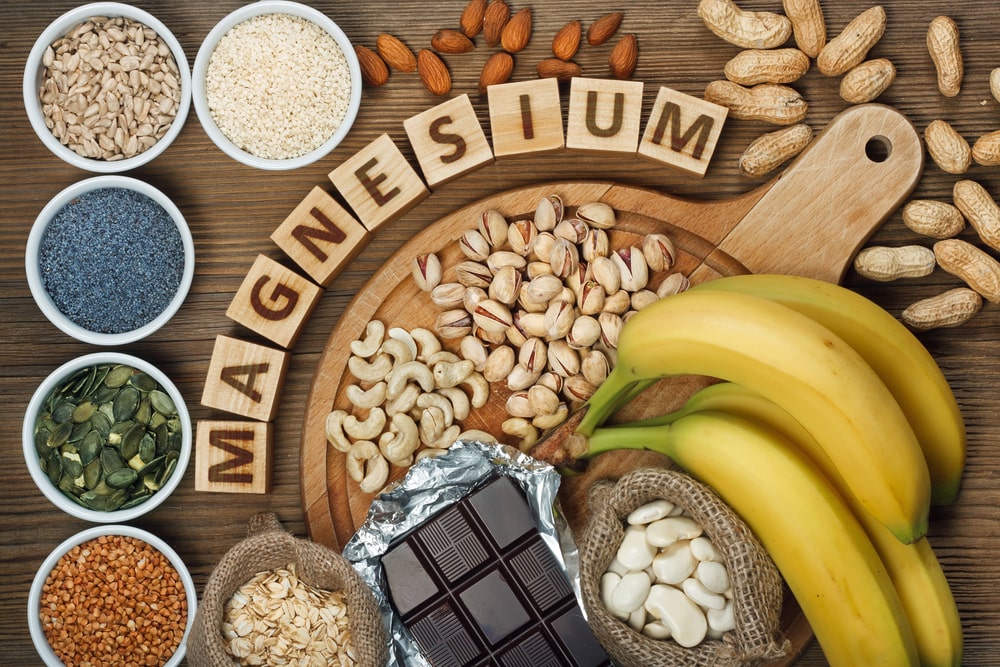
Sources: Almonds, spinach, avocado, bananas, cashews, and whole grains.
Migraines have been related to magnesium insufficiency, and these foods can support healthy magnesium levels. It raises the body’s level and aids in pain management.
Although there isn’t a single treatment that works for everyone, recent research indicates that some people may experience fewer and milder migraines if they eat a diet high in magnesium. Magnesium is a vital mineral that affects several physiological functions, such as blood vessel and neuron function, both of which are connected to migraines.
One common treatment for migraine prevention is magnesium oxide. It can be taken as a tablet, and 400 to 500 milligrams per day is the usual suggested dosage. Magnesium sulfate is a kind of intravenous magnesium that can be given.
Magnesium may be a safe treatment for migraines because it is a naturally occurring element that is essential to human health. This is particularly the case in contrast to migraine drugs, which sometimes have more serious adverse effects, making it to the list of best foods for migraine.
Ginger:
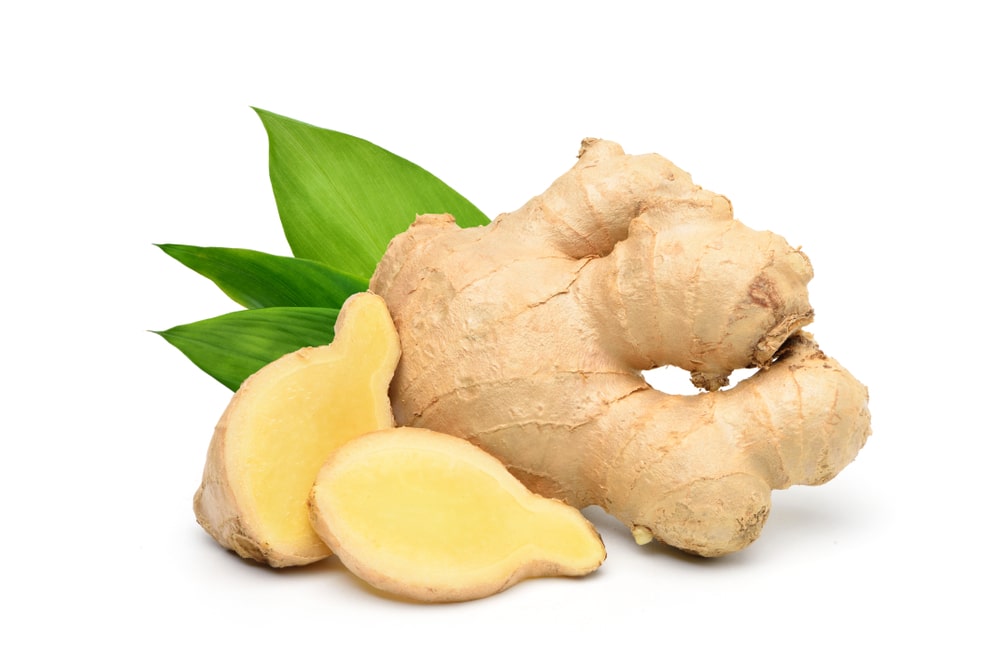
Sources: Fresh ginger or ginger supplements, and ginger drinks are considered one of the best foods for migraine.
Ginger contains compounds with anti-inflammatory effects. Migraines are thought to involve inflammation of blood vessels in the brain, and ginger may help mitigate this inflammation.
Ginger has a long history of use in treating nausea, including nausea associated with migraines. Some people find relief from migraine-related nausea by consuming ginger in various forms
The flavor and health advantages of ginger are derived from a naturally occurring oil. This oil’s chemical constituents, which include shogaols and gingerols, have anti-inflammatory and analgesic properties. These substances are also useful in alleviating the symptoms of migraine episodes, such as nausea and vomiting.
Moreover, ginger extracts may raise serotonin levels, a neurotransmitter linked to migraine symptoms. Raising serotonin levels in the brain can narrow blood vessels and lessen inflammation, which can help prevent migraines
Omega-3 Fatty Acids:
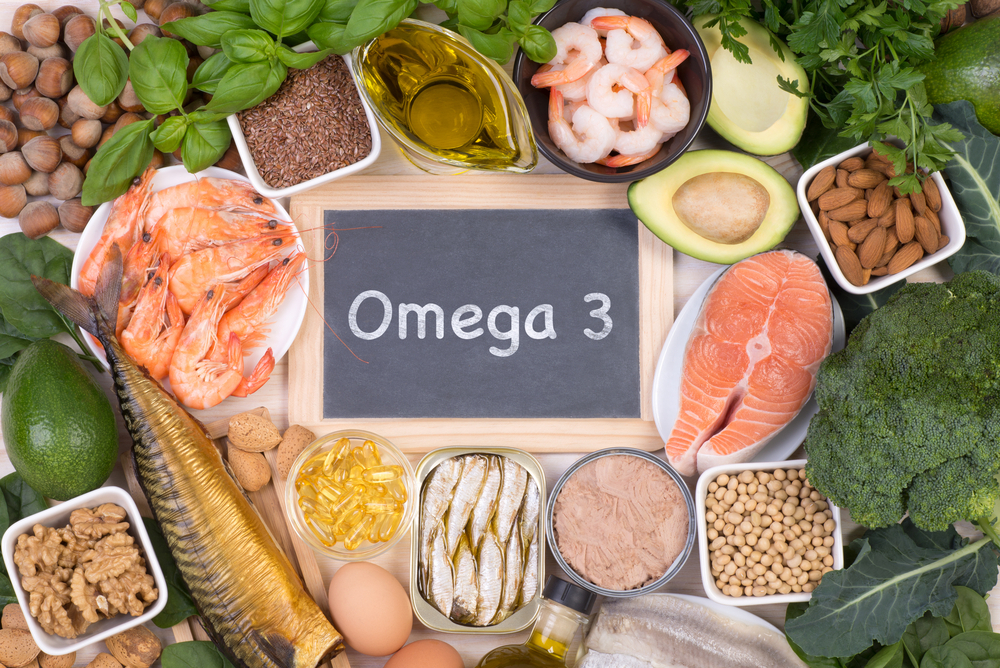
Sources: Fatty fish(salmon, mackerel, tuna), flaxseeds, chia seeds, and walnuts are considered best foods for migraine
Omega-3 fatty acids have anti-inflammatory effects and may contribute to overall brain health. They have been studied for their potential role in migraine prevention.
While research is ongoing and more evidence is needed, some studies suggest that omega-3 fatty acids may have neuroprotective effects that could be beneficial for migraine sufferers.
While some people may find relief from migraines by incorporating omega-3-rich foods into their diet, individual responses can vary. Your healthcare provider can help determine the most appropriate approach based on your specific health profile and migraine history.
Dark Leafy Greens:
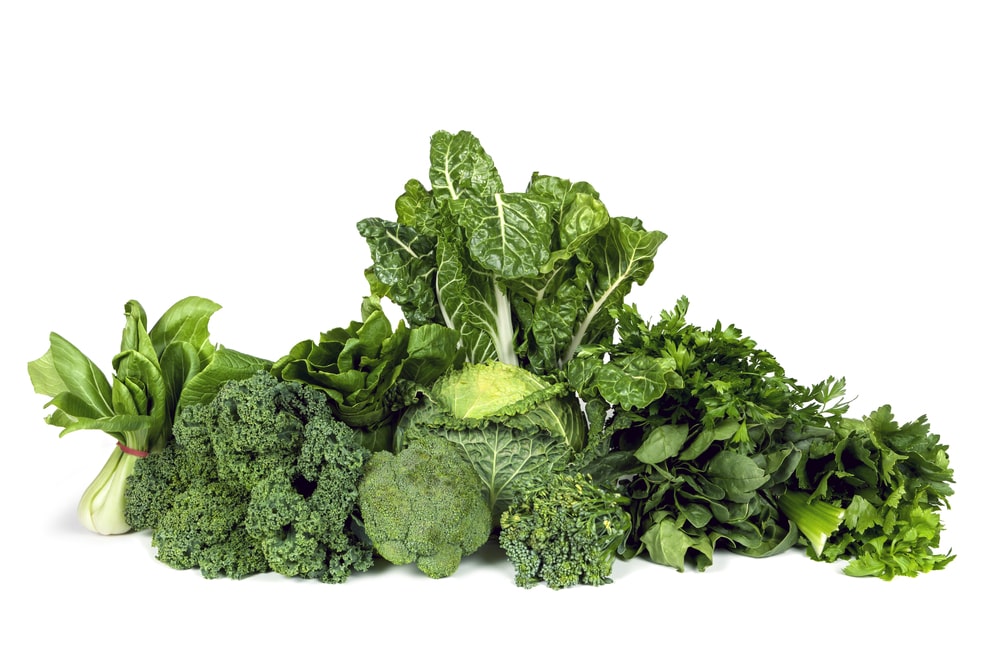
Sources: Kale, Swiss chard, and spinach.
Rich in vitamins and minerals, dark leafy greens may support overall health and provide nutrients that could benefit migraine sufferers. Dark leafy greens are rich in antioxidants, which can help combat oxidative stress in the body.
Oxidative stress has been implicated in various health conditions, including migraines. Antioxidants help neutralize free radicals, which are molecules that can cause damage to cells.
Compounds known to alleviate migraine symptoms such as oxidative stress and systemic inflammation include beta-carotene and carotenoids.
Hydration:
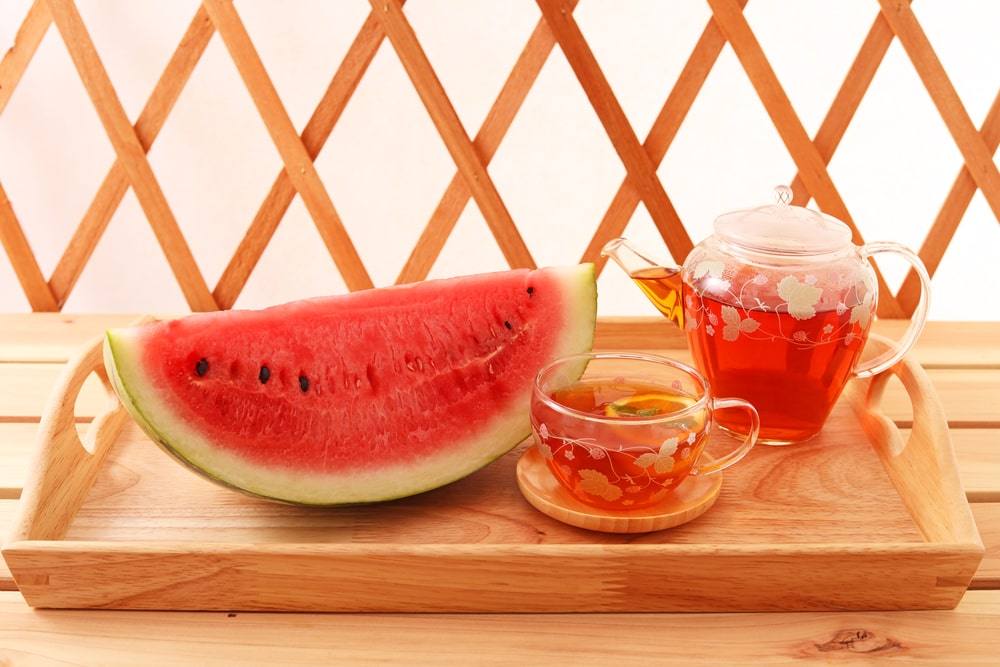
Sources: Water, herbal teas, and water-rich foods like watermelon and cucumber.
Adequate hydration may also help alleviate symptoms in individuals who experience migraines. Dehydration can contribute to feelings of fatigue and worsen the perception of pain, so ensuring proper fluid intake may be beneficial.
A migraine headache may be triggered (caused) by dehydration. Staying hydrated is crucial if you suffer from migraines. Maintaining your fluid intake may help you avoid having a migraine.
Checking the color of your urine can be a simple way to assess hydration. Pale yellow or light straw color is generally a sign of adequate hydration, while dark yellow or amber may indicate dehydration. This isn’t the food but is considered to be the best foods for migraine.
Complex Carbohydrates:
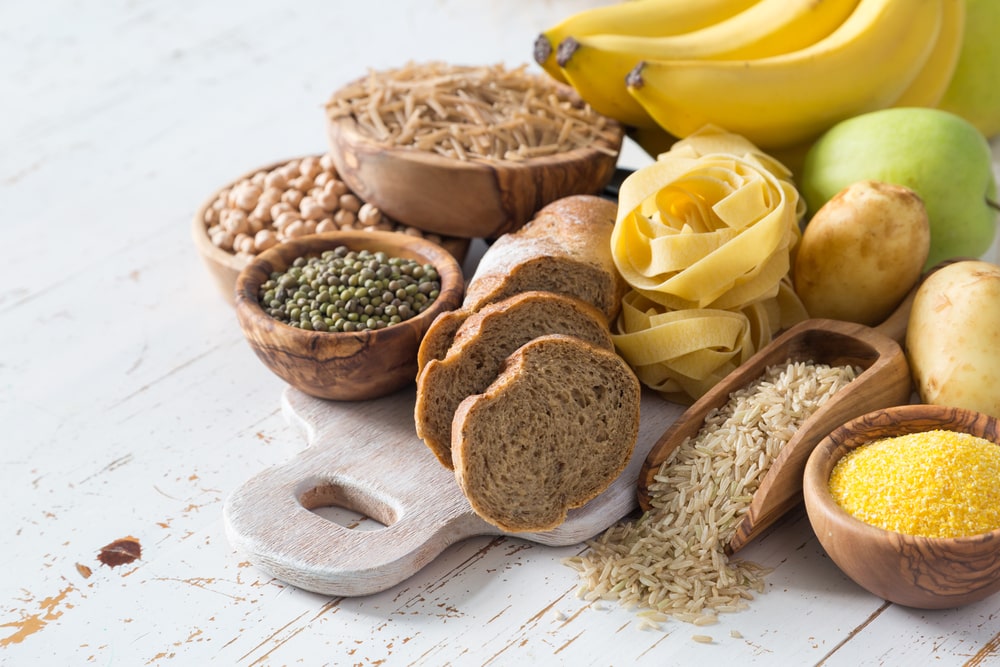
Sources: Whole grains, sweet potatoes, and legumes.
Consuming complex carbohydrates can contribute to stable blood sugar levels. Fluctuations in blood sugar levels have been identified as a potential trigger for migraines in some individuals.
Eating regular, balanced meals that include complex carbohydrates may help prevent rapid spikes and crashes in blood sugar. Moreover, Stable serotonin levels may potentially have a positive impact on migraine prevention.
In addition to these, Hypoglycaemia, or low blood sugar, can be a trigger for migraines in some individuals. Complex carbohydrates release glucose more gradually, providing a steady source of energy and helping to prevent rapid drops in blood sugar that could trigger headaches.
Low-Tyramine Foods:
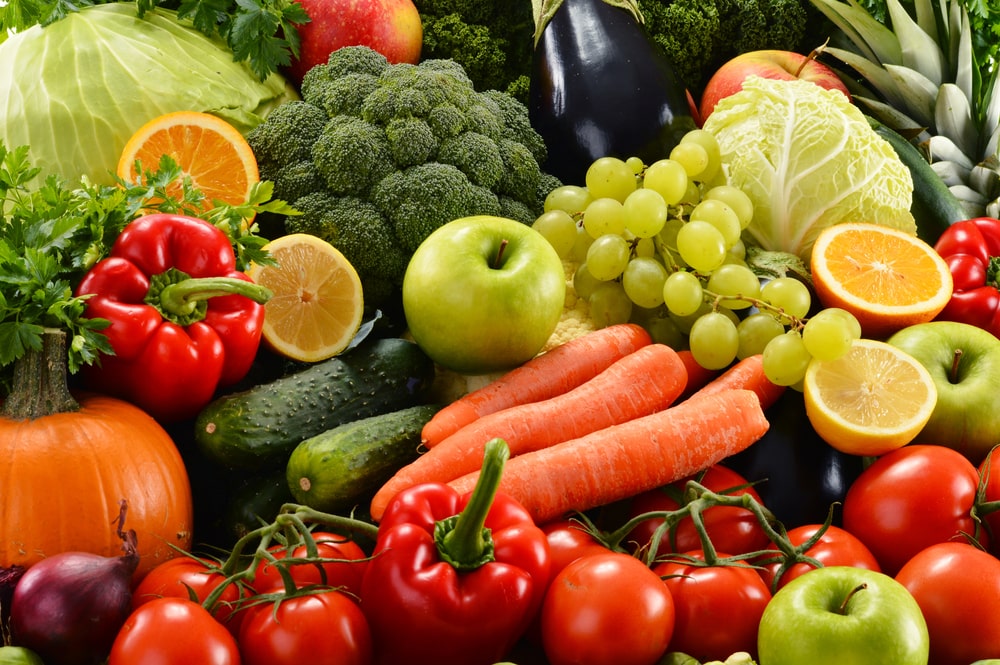
Sources: Fresh fruits, vegetables, and lean proteins.
Tyramine is an amino acid that aids in blood pressure regulation. It can be found in some foods and happens naturally in the body. Tyramine, found in aged and fermented foods, can be a trigger for some individuals.
Choosing fresh, unprocessed options may be beneficial. Most fresh fruits are low in tyramine. Examples include apples, berries, grapes, and melons. Fresh, lean meats, poultry, and fish that have been properly stored and cooked are low in tyramine. Avoid aged or processed meats.
Tyramine is produced in foods from the natural breakdown of the amino acid tyrosine. Tyramine is not added to foods. Tyramine levels increase in foods when they are aged, fermented, stored for long periods of time, or are not fresh.
FAQs:
What does a migraine feel like?
A migraine is a kind of headache that often affects one side of the head and might feel like a pulsating or agonizing throbbing pain. Often present are severe light and sound sensitivity, nausea, and vomiting.
What helps with migraines?
Tensed muscles can be eased using hot packs and heating pads. Warm baths or showers could have a comparable impact. Have a caffeinated beverage. Caffeine alone, in small doses, helps reduce migraine pain in its early stages.
What is a migraine headache?
A migraine is a type of headache that often affects one side of the head and can cause excruciating throbbing pain or a pulsating sensation.
Where do migraines hurt?
Most commonly, migraines are experienced in the head region, especially on one side of the head.
How to stop a migraine?
Taking your prescription medication as soon as you notice migraine symptoms, including during the prodromal or aura phases, is crucial when you feel a migraine coming on. Avoid waiting until your head is throbbing. One can try to follow the best routine possible which includes the best foods for migraine.
